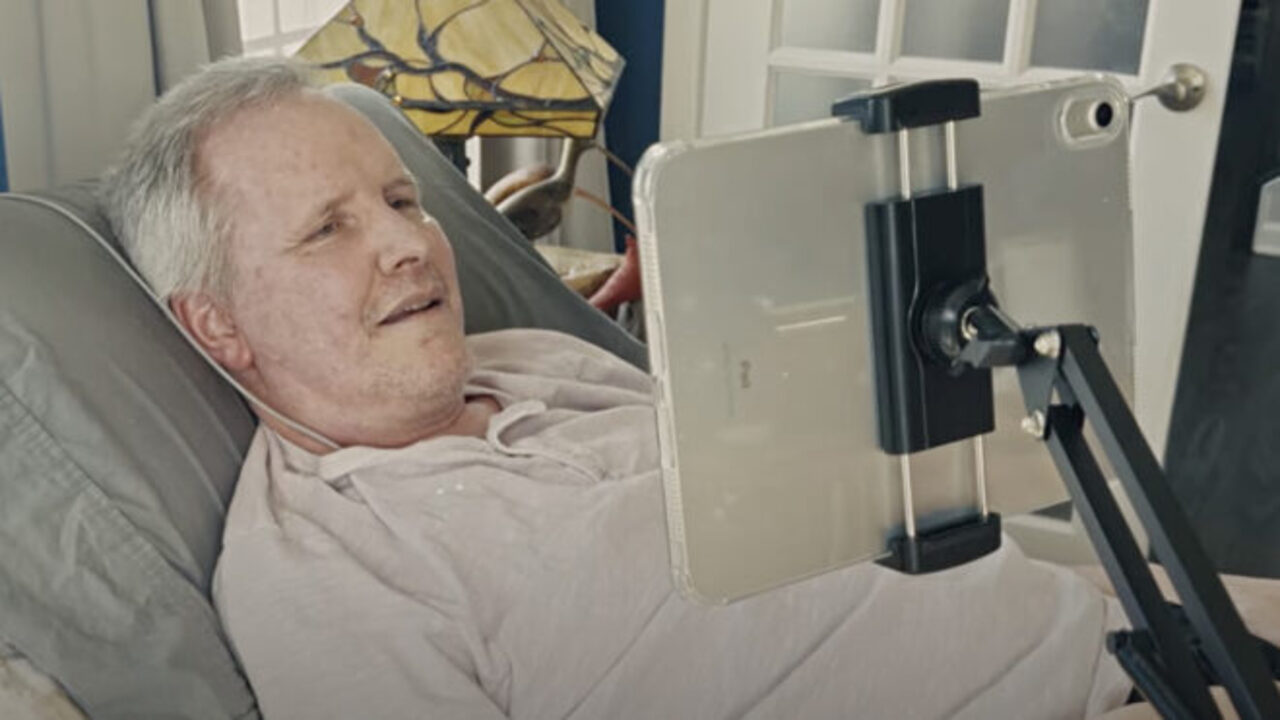As part of its research into mind-powered device control, Apple has developed a joint infrastructure with Synchron, a brain-computer interface company. The resulting system allows the iPad to be controlled solely through thought. Apple has released a video featuring the first real-world user experience of the system in action.
iPad Controlled by Mind
The video shows a person with ALS using brain signals to control the iPad directly with mental commands. This demonstration marks the first documented instance of Apple devices being controlled by thought.
The company emphasized that this technology represents a significant milestone not only for Apple but also for human-computer interaction. In a statement, the company stated, “This video demonstrates the first time an Apple device has been controlled solely by thought. This is a revolutionary step in technology and opens the door to a whole new era of mind-driven interaction between humans and devices.”
At the heart of the system Apple and Synchron are working on is the brain implant called the “Stentrode,” developed by Synchron and unveiled at the beginning of the year. This device can interpret signals from the brain and transmit commands to devices such as the iPhone, iPad, Mac, or Apple Vision Pro.
The system converts the user’s thoughts into digital commands without requiring physical interaction. The development is particularly targeted at individuals who have lost the ability to control voluntary muscle movements, such as those with ALS.
Apple states that the system is currently in the early development phase and is still undergoing testing. However, the released video demonstrates that the technology is operational and that patients can interact independently with digital devices.
Another notable startup in a similar field is Neuralink, founded by Elon Musk. Neuralink’s brain implant, called “Link,” is implanted directly into the human skull using a specialized robot and transmits brain signals to electronic devices. The company aims to enable people to communicate with computers and digital systems directly through their minds.



 Shiftdelete.net
Shiftdelete.net









